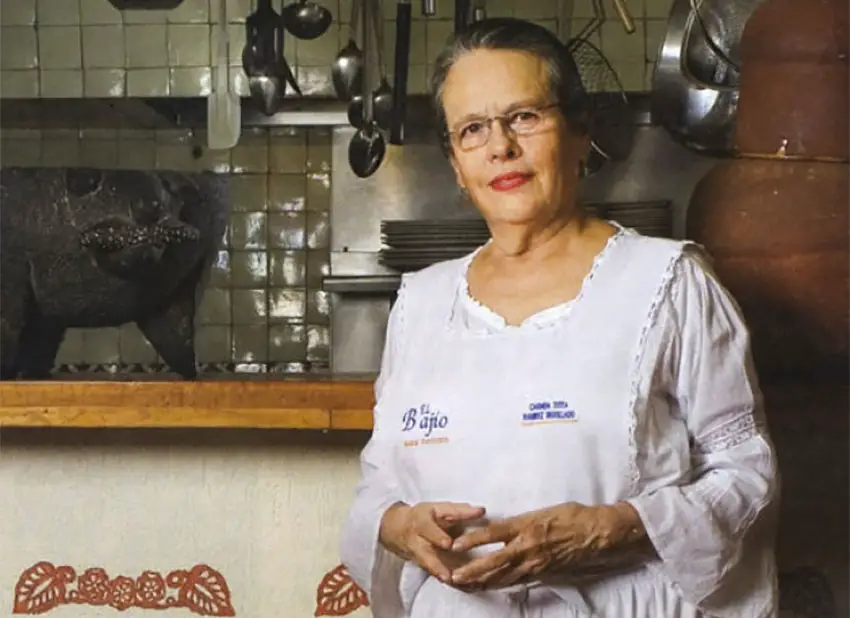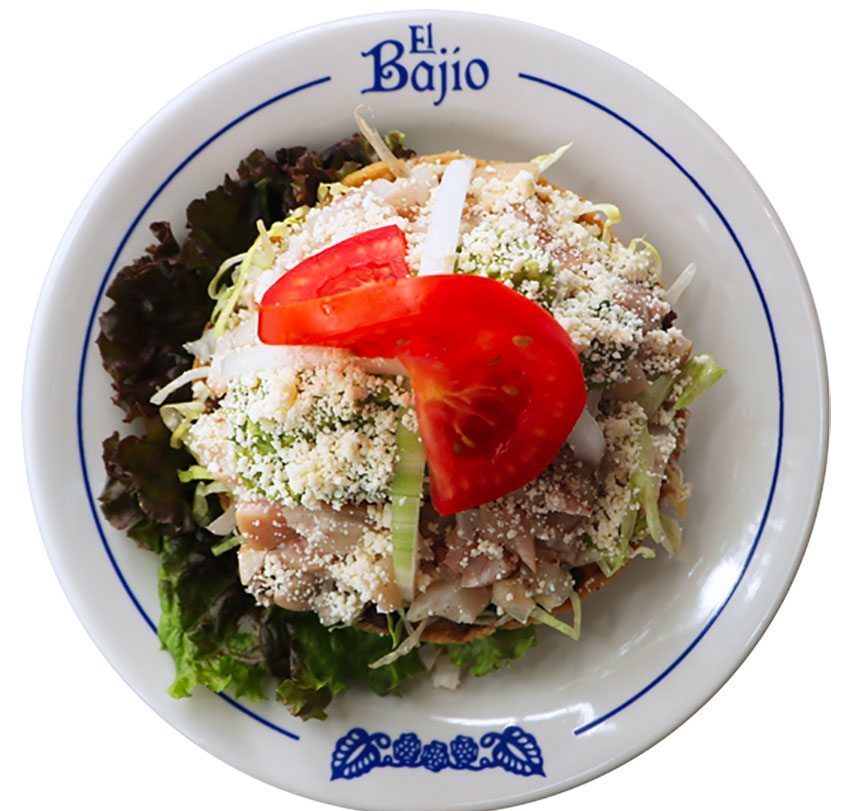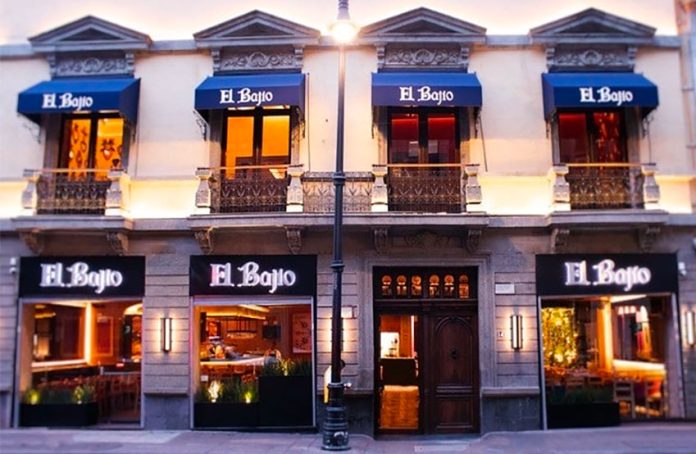El Bajío is a culinary institution in Mexico City with an international reputation, started by a “simple cook” who not only made it what it is but did so while raising five children alone.
Her legal name is Carmen Hernández Oropeza but she uses her late husband’s last names, Ramírez Degollado. To friends and family, she is known as Titita. She was born in 1940 in Xalapa, Veracruz, an area filed with herbs, spices, corn and perhaps most notably, coffee.
Ramírez learned to cook the area’s regional specialities in her family home with a strong maternal presence. She insists, “I am not a chef; I am a cook.”
She had never planned on being a restaurateur. Soon after marrying the couple moved to Mexico City, where Raúl Ramírez Degollado saw a restaurant for sale in the Azcapotzalco borough northwest of the city center. It was already serving carnitas, but Raúl was from Michoacán where the dish originated, and of course he had his own recipe. The couple bought the business in 1972, and Raúl renamed the restaurant El Bajío in reference to his home region. Unfortunately, not long afterward Raúl died of cancer, leaving Carmen with the restaurant and their five children.
She not only saw that the restaurant survived but thrived, allowing her to put all of her children through school.

The menu is a mix of the Michoacán food of her husband and the northern Veracruz fare she grew up with. She kept the name of the restaurant as well as her late husband’s recipes for carnitas, but she added menu items from her native Xalapa. It wasn’t easy at first.
“Imagine,” she says. “At first we served dishes such as xonequi, a bean soup with a leaf that goes by this name that is made in Xico (Veracruz). We served it with bolitas de masa (dough balls, similar to dumplings) and people put them aside, wondering what they were.”
Another of Carmen’s contributions to the menu is chipotleneco, or salsa negra, a condiment on all tables that is specific to her family. Other signature dishes at El Bajío include mole de olla, Xico-style mole and sopa de fideo.
She hires traditional cooks, not chefs.
Spanish chef Ferran Adrià called El Bajío one of the best Mexican restaurants in the world in 2002. He was particularly impressed by her dish called “gorditas infladas” (inflated and stuffed corn tortillas), on which he based a dish he called air bags.
For many years, the El Bajío name was only on the original restaurant. But in 2006, a regular came to Ramírez offering to become a business partner and open new locations in the city. By then her children were grown and co-owners of the establishment. They agreed and the second restaurant was opened in the Parque Delta shopping center, south of the city center. The chain grew quickly to the current 19, all in Mexico City. Daughter Maricarmen and her husband run most of the locations, along with one other daughter and a son who manages the finances.

One daughter has even gone on to establish a successful food business of her own. With Spanish chef Juan Bagur I Bagur, Maritere Ramírez Degollado opened Sal y Dulce Artesanos, a chain of coffee shops/restaurants specializing in fine pastry.
The original El Bajío still stands in the Cuitláhuac neighborhood of Azcapotzalco borough. It is an older traditional building, located in a lower middle-class neighborhood. All the other locations have the same menu and prices and base their decor on the original. However, they’re not exact copies.
All but one are located in modern business or shopping centers, catering to businessmen and more upscale customers, and as such cannot exactly mimic the hominess of the original. The one exception is the newest restaurant, located on Bolivar Street in the historic center of the city in a 19th-century neo-colonial building under the protection of federal historical authorities.
Despite this, it had been neglected and used as a warehouse for many years. To restore the building to its former glory and make it workable as a restaurant required three years of renovation work under strict supervision.
Now in her 80s, Ramírez is still active with the restaurant chain, still travels and gives lectures and demonstrations, especially about food from Veracruz. Over the years, she has been invited to places such as the James Beard House Foundation in New York, the Ritz Hotel in Lisbon, the Mana Lani Bay Hotel in Honolulu, the Culinary Institute of America in Napa Valley, the Marriott Hotel in Kuala Lumpur and the Les Dames d’Escoffier International in Atlanta.
She’s also done consulting work with various restaurants in the United States and Europe, won various awards in Mexico and was nominated by The New York Times as one of the two matriarchs of Mexican cooking. She has written two cookbooks in Spanish.
Her advice to cooks is to “never lack love, patience and a slow fire.”
Mexico News Daily
